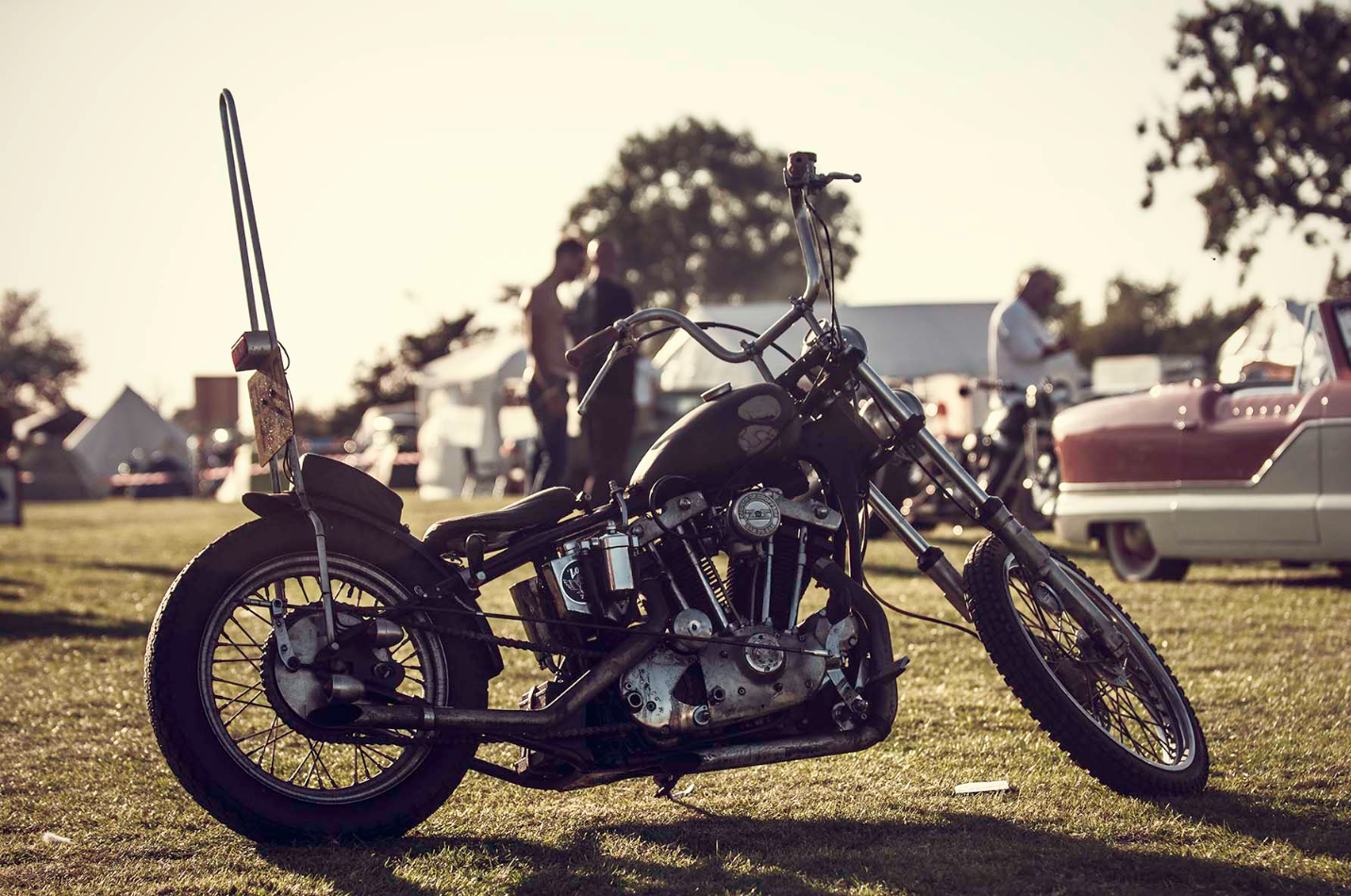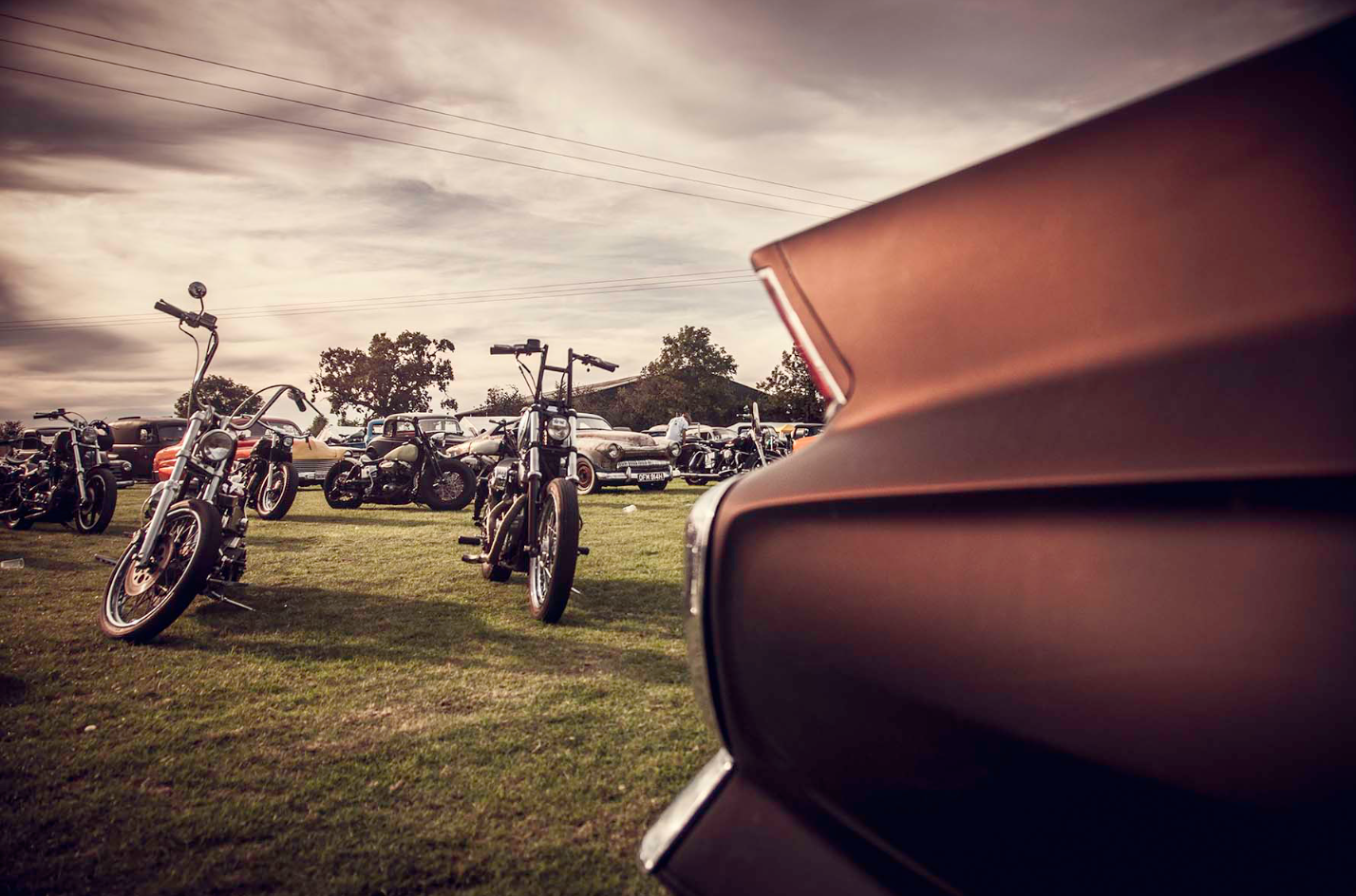So you’ve got yourself on the road & bought your first set of wheels. Good on you!
So what now?
I found that I learned alot about my bike & how to begin to look after it when I was practicing for my theory test as alot of this info is included in there, but before that on just a CBT it took me a while to learn the basics about my bike & how to maintain it. With the help of a few tips & hacks from workshop buddies I started to know my way around my bike & this has helped me out of many a sticky breakdown on road trips.
Alot of people have been asking us about basic moto maintenance recently so we thought we'd do a quick run down of the basic stuff you can learn to keep to your wheels & before a ride out which you'll only need a basic set of tools & a bit of noggin to do!
Its not the be all & end all in terms of moto maintenance but enough to get you started & hopefully get you on your way to not always having to rely on others to catch what might be a simple thing to sort yourself .... Enjoy!
______________________
FIRST UP........
Firstly, before anything else, get on over to HAYNES & grab a workshop manual for your model of bike. These things are worth their weight in gold as they have every setting, tips & breakdowns of different bits of your bike. even just a good read in general to get to know whats located where & what bit does what..... usually the manual will also list the tools you'll need to do the job.
Number two: Good quality tools do what they say on the tin. They are totally worth the money to invest in (just a basic set at first & then you'll find you collect a few more along the way when you come across jobs where you need specific things. Halfords do a pretty good starter set thats pretty good quite for the cash.
Finally if you dont feel 100% confident dont be afraid to ask someone for help! Two heads are always better than one when problem solving, even when you're experienced with bikes. Ive learned everything I know so far (and by the way I'm no expert) from trying to solve stuff with other people around our shop or helping out mates with their bikes.
___________________________
TYRES
TOOLS: A good quality pressure gauge
I know its a no brainier but checking your tyre pressure is something that you should always remember to do. Its a pretty vital part of your bikes handling as under inflated tyres massively affect handling & braking. You can also overinflate them (this can result in a lack of grip when braking) so its worth getting a good quality pressure gauge to get it right. This is when your manual comes in handy as it'll tell you correct pressure for your bike & in which circumstance e.g. you may need more pressure if you're regularly carrying a passenger or heavy stuff. Try to check it once a week & also before any long trips. It's also worth checking the condition and tread depth of the tyres while you're at it.
TIP: Always check your pressures when they're cold!
IMAGE BY HEIDI ZUMBRUN
___________________________
CHAIN
TOOLS: A torque wrench
Incorrect chain tension can result in sprocket and gearbox wear, unsmooth gearshifts, snatchy transmission, hamper your bike's rear suspension travel and reduce the life of your bike's chain so its pretty important to check this regularly.
Check your manual for how to adjust your bike's chain to the correct tension. Remember to set the tension with some load on the bike (something heavy or with someone on it) as the chain will tighten up once a you have a passenger on board. Your manual will also tell you the correct torque settings for each bolt - how much force to use when retightening each bolt. This is when you'll need your torque wrench to do this properly.
TIP: Its a good idea to also lubricate the chain while you're at it, as this will help it last longer! Its also a good time to check the condition of your back sprocket for teeth missing or wear & tear. These can be easily replaced & you can find replacement parts pretty easily at places like WEMOTO
IMAGE BY DAMIAN PAJAK
___________________________
BATTERY
TOOLS/ SUPPLIES: Manual & battery acid (if needed)
If a battery is allowed to run dry or drop into a deep state of discharge then usually it kills it, so you should try check it out regularly to see what state its in.
Ideally, remove the battery from its holder before carrying out any work. Remember, batteries contain strong acid, which can be harmful if it comes into contact with your skin so wear gloves & watch out where you get it.
Check the acid level in your battery by placing it on a level surface. If the level's low then top up with de-ionised water before placing the battery on charge, using a car or motorcycle charger. Remember not to overfill, as acid will drain out the overflow pipe when you're on the move. Many moden batteries are sealed, so you won't be able to top them up, meaning you'll have to buy a new one. Again WEMOTO is a great site to grab one from or if you're going custom a fancy lithium racing battery can take up half the space & fit nicely under the seat but you'll need to fabricate a new holder or battery box for this probably.
TIP: Greasing your bike's battery terminals before placing the battery back in the bike will help avoid corrosion build up. Just remember not to touch both terminals at the same time or else ZAP!
IMAGE: HEIDI ZUMBRUN
___________________________
COOLANT
Checking you coolant only takes a few minutes to do but again its a pretty vital bit of maintenance. Not all bikes are liquid cooled. Some are also air-cooled (see here for a good guide on the differences)
First of all check out your manual to locate your bike's 'expansion' tank (if it has one); high and low levels should be marked on the outside of the translucent tank. Alternatively, remove the radiator filler cap to check the level. Only do this when the water is cold. And while your at it, think about changing the coolant altogether. Another easy job that takes about 30 minutes. Here's how it's done:
- When the radiator's stone cold, remove the cap the bottom rubber hose, allowing the old coolant to drain into a bucket. You may need to undo a drain plug situated near the water pump to extract all the liquid. Check your owner's manual for how to do it.
- Once the system's drained, reattach the bottom hose and replace the drain plug before making up a new batch of coolant using a 50/50 mix of anti-freeze and de-ionised water.
- Fill to the correct level ensuring no air is trapped in the system. This can be alleviated by squeezing the radiator hoses to expel unwanted air. Check the level again after your first test ride.
IMAGE: BROTHER MOTO
___________________________
OIL
Changing your bikes oil is all part & parcel of keeping it in good knick. Some bikes need it changing more often than others (dirt bikes need oil changes every few hours of riding time where as road bikes need it alot less) all you need are the right tools, decent oil and the correct filter.
Check your workshop manual for a detailed explanation of how to do this very specifically on your bike. Also consider asking a mate to oversee progress from start to finish.
TIP: Always check your oil levels when the engine is warmed. Go for a quick spin then let the bike sit for about 15mins before checking. Also, always make sure your bike is upright (on the centre stand if you have one, or held up by someone else) to make sure you're reading the levels right.
If you're a bit low & need a change or top up: Get engine warmed through, remove the bike's oil filler cap, place a tray under the bike and remove the sump plug. Make sure you're 100 sure you're removing the right bolt; it should be the biggest one on the sump, usually on the bottom or on the side.
- Once the oil's drained, remove the filter, either by hand or using a filter removal wrench.
- Replace the sump plug, tighten to the correct torque setting as recommended in the owner's manual before spinning on a new filter. Smear the rubber filter gasket in clean oil before tightening by hand. Nip it up half a turn with the filter wrench.
- Refill the engine with the correct amount of new oil. Start the bike up, check for leaks, stop the engine Give it five minutes for the oil to drain back into the sump before checking the level again. Add oil if necessary.
___________________________
SPARK PLUGS
TOOLS: Socket wrench with a spark plug extension
Unlike some of the other jobs changing your bike's spark plugs isn't a job that usually needs doing regularly but its a good check to do to avoid any breakdowns ( especially if you have a 50 year old shitty triumph chop like me) as a result of blackened or dirty plugs, making it difficult to start the bike. You can consult your manual for how often in should be done.
On most small or old bikes checking or changing the spark plugs should take you only a few minutes. Firstly make sure you have the correct plugs for your bike; the code number on each one will differ from manufacturer to manufacturer. Check the owner's manual for the correct gap; you'll need feeler gauges to set it correctly.
TIP: Remove the plugs one at a time to avoid mixing up the HT leads & try not to over tighten them! Best way to do this is to screw them in by hand and nip them up a quarter-turn with a plug wrench to finish up.
IMAGE: DAMIAN PAJAK
___________________________
BRAKES.... PADS OR DRUMS
TOOLS: Good spanners, sockets or Allen keys of the correct size to fit the caliper retaining bolts; some brake cleaner spray; a rag or old toothbrush; a large flat-headed screwdriver, copper grease, a torque wrench, a pair of pliers and brake fluid (of the right grade).
Firstly, does your bike have drum brakes (common on older bikes) or disc brakes?? Click here for a good guide to the difference between drum brakes & disc brakes.
If you're bike has disc brakes a good way to check them is:
Start by checking the brake pedal and hand control brake. You want to make sure they’re firm and not soft or spongy.
Visually inspect both the front and rear brakes looking for wear on your brake pads.
Make sure there is at least 3mm of pad left. If the pads wear down less than this, you’ll get metal-on-metal grinding between the brake and the rotor.
Checking & replacing your bike's brake pads sounds fairly intensive but is actually a pretty straightforward job although first time I'd ask someone experienced to give you a hand.
There are so many great video guides on you tube for this that its kind of pointless for me to put it into words but basically you'll need to remove the caliper from the fork leg, take out the retaining clips, followed by then pins and springs. The pads should then come out with ease.
TIP: Use an aerosol brake cleaner to smarten up the job when you're finished and remove any unwanted grease as this is very dangerous around disc brakes.
__________________________________________________________________________
Don’t know where to find replacement parts for your bikes
Here are some good UK based websites for stock replacement bits for a wide range of bikes :













